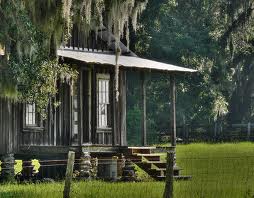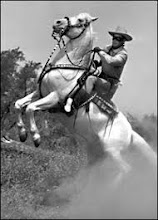She closed the book, placed it
on the table, and finally, decided to walk through the door. This image
ran through his mind as he stepped through the open door of the sharecropper’s
one room shack situated in the overgrown farm field alongside the rail fence
lining the very secondary rural two-lane. This was a side road with no center
line. Farm fields lined both sides of the blacktop.
The two young men parked the old flat black 1958 Plymouth
four-door along the drainage ditch, climbed over the fence and walked into the
dilapidated wood structure back in 1968, while living in west-central rural
Illinois.
The two would cruise the back roads checking our their newly
settled haunt after moving in from Chicago to attend a small college set in a
town of 150 people. One day they found an abandoned vintage Morgan automobile
buried within a stand of tall weeds. It had rear directional arrows that were
signaled a turn, as well as an all wood chassis. The car would have sought more
attention in the hands of a collector, than in the destructive throws of
nature; but there it sat hidden from most eyes.
On this particular day, the two walked through the door of
what would have been the home of a person, or two, who suddenly left quickly
without hesitation. Old print dresses, and worn shirts hung in an open shallow
closet. Cans of food left unopened on shelves.
This home for a transient worker had a twin bed in the
corner. A soiled crazy quilt with torn squares of cotton, wool, and corduroy
patched together lay on the bed. An outhouse attached to the side of the old
plywood wall provided those inside from running out into the bitter Illinois
winter’s cold.
A water well pump adjoined the iron-stained porcelain
kitchen sink alongside the knife scored grey speckled-on white linoleum
countertop. At the end of what constituted a kitchen was a very used two-burner
bottled gas stove.
Pots of what might have been dinner were abandoned on the
gas stove, were dried and rotten. A closed Bible and newspaper lay open amongst
forks, knives, and plates set on the table.
The two stood before the scene in haunting amazement drawing
from deep impressions of what might have forced one to flee for their lives in
the heat of this frightening nightmare.
Could this snapshot of lost time have happened in 1964, as
was printed at the top of the newspaper? Was there darkness pending in that
month of July as men in white hoods and burning torches walked the lonely
blacktopped back road rousing sounds of anger and violence arousing mountains of
fear as a mob approached the insolated shack?
Did the farm worker look out the kitchen sink window in
horror as a stirring glow of flaming evil lit the night? Did she, and maybe
another, grab their valuables, jackets and hats, before they ran, while never
looking back as they escaped into the crop rows fleeing into the moonlight?
Where did they go? Who sheltered them? It was clear that
whatever happened that night left that moment in time fully intact like a time
capsule allowing someone to stumble upon this place to see it untouched and
preserved as it once had been.






